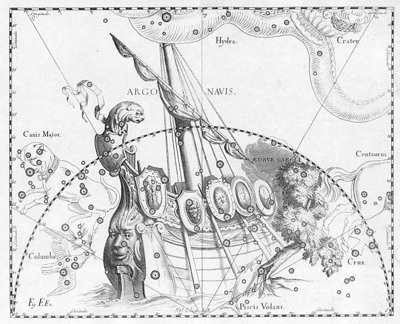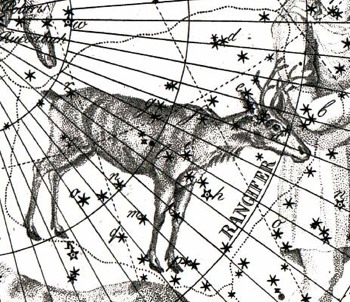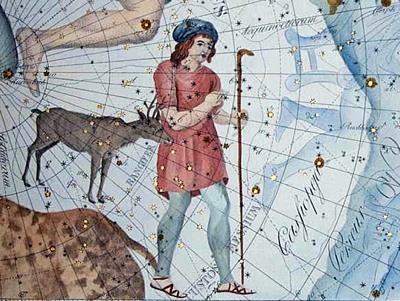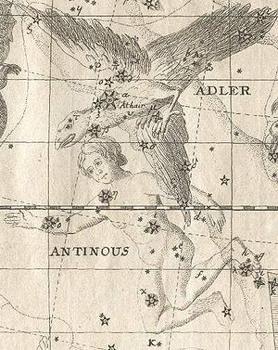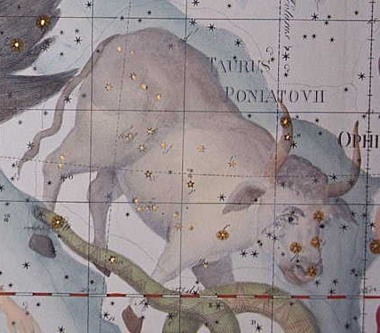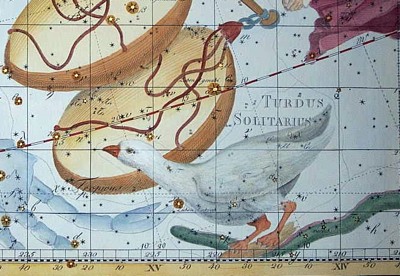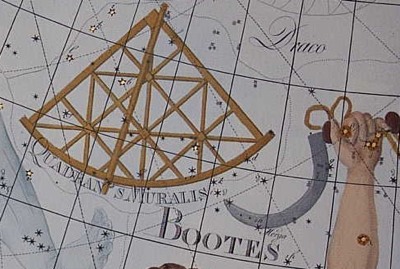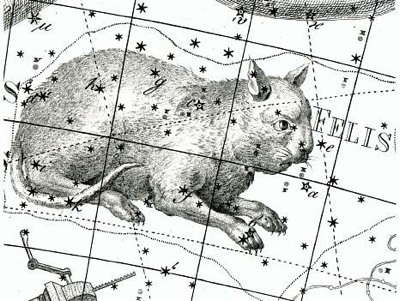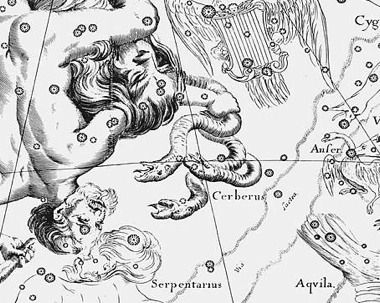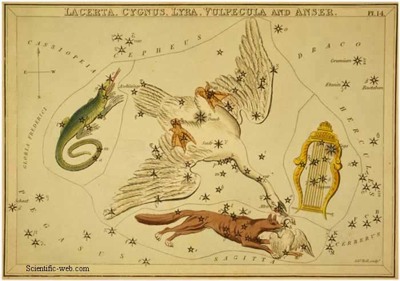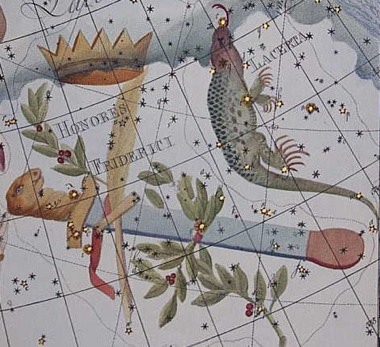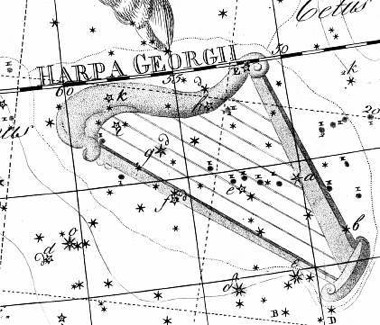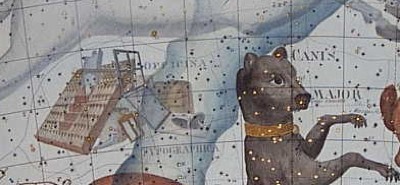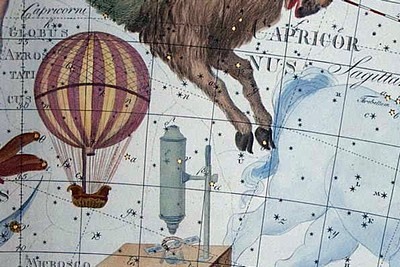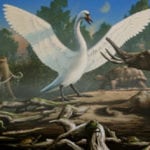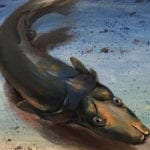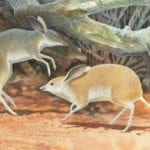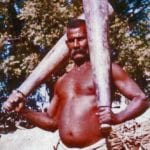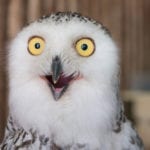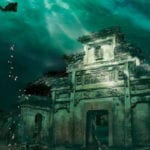 Weird Stuff
Weird Stuff  Weird Stuff
Weird Stuff  Health
Health Ten Confounding New Inventions from the World of Biomedicine
 Creepy
Creepy 10 Death Superstitions That Will Give You the Creeps
 Movies and TV
Movies and TV 10 Movies That Get Elite Jobs Right, According to Experts
 Weird Stuff
Weird Stuff 10 Times Real Laws Were Based on Bizarre Hypotheticals
 Animals
Animals 10 Inspiring Tales of Horses Being Human
 Mysteries
Mysteries Top 10 Haunting Facts About the Ghost Ship MV Alta
 History
History 10 Surprising Stories About the Texas Rangers
 Humans
Humans 10 Philosophers Who Were Driven Mad by Their Own Theories
 Miscellaneous
Miscellaneous 10 Video-Game-Worthy Weapons and Armors from History
 Weird Stuff
Weird Stuff 10 Warning Labels That Exist Because Someone Actually Tried It
 Health
Health Ten Confounding New Inventions from the World of Biomedicine
 Creepy
Creepy 10 Death Superstitions That Will Give You the Creeps
Who's Behind Listverse?

Jamie Frater
Head Editor
Jamie founded Listverse due to an insatiable desire to share fascinating, obscure, and bizarre facts. He has been a guest speaker on numerous national radio and television stations and is a five time published author.
More About Us Movies and TV
Movies and TV 10 Movies That Get Elite Jobs Right, According to Experts
 Weird Stuff
Weird Stuff 10 Times Real Laws Were Based on Bizarre Hypotheticals
 Animals
Animals 10 Inspiring Tales of Horses Being Human
 Mysteries
Mysteries Top 10 Haunting Facts About the Ghost Ship MV Alta
 History
History 10 Surprising Stories About the Texas Rangers
 Humans
Humans 10 Philosophers Who Were Driven Mad by Their Own Theories
 Miscellaneous
Miscellaneous 10 Video-Game-Worthy Weapons and Armors from History
15 Constellations That Are Now Extinct
There are currently 88 constellations (“star-patterns”) recognized by the International Astronomical Union. Long before this, astronomers were making up their own to fill in gaps of “recognized” constellations or to commemorate royalty, new inventions or favorite items. All of the following can be found on Johann Bode’s 1801 “Uranographia” star maps, but have since been replaced or eliminated by “official” constellations. Click images for a zoomed in view.
Recognized since at least Ptolemy’s time, Jason’s ship “Argo” has occupied a large portion of the southern hemisphere’s summer/fall sky. It has been divided into the constellations of Carina (the keel), Vela (the sails), Puppis (the stern or poop deck) and Pyxis (the compass).
Canopus, alpha Carinae, is the second brightest star in the sky (second to Sirius). Argo Navis represents the 50-oared galley in which Jason and the Argonauts sailed to fetch the golden fleece from Colchis in the Black Sea. Jason entrusted the building of the ship to Argus, after whom it was named.
Also known as Tardanus. A small circumpolar constellation in the extreme northern sky, between Camelopardus (the giraffe) and Cepheus (the King), directly opposite Ursa Minor. . Fittingly, the celestial reindeer was placed near the north pole of the sky. Le Monnier invented the constellation after his trip to Lapland to measure the length of a degree of latitude in the far north.
Created by Jérôme Lalande (a French astronomer and writer) in 1775. It lies next to Rangifer, between Camelopardus and Casseiopia (the queen). The name Custos Messium is a punning reference to his countryman Charles Messier, the famed comet hunter, and in fact the constellation was often known as Messier, particularly in France.
Made up of stars that are now part of Aquila, the eagle, this northern summer constellation represents Antinous, who was the boy lover of the Roman Emperor Hadrian and hence is a real character, not a mythological one. Its first known depiction was in 1536 on a star globe by the German mathematician and cartographer Caspar Vopel (1511–61); it was shown again in 1551 on a star globe by Gerardus Mercator. Tycho Brahe listed it as a separate constellation in 1602 and it remained widely accepted into the 19th century.
Created in 1777 to honor Poland’s king Stanislaus Poniatowski. It lies between Ophiuchus (the serpent-bearer) and Aquila in the northern summer sky. Not to be confused with northern winter’s Taurus the Bull.
The stars at the end of Hydra’s tail have been alternately seen as a solitary thrush, and an owl, based on the two bright stars above Pi Hydrae. The bird shown on Le Monnier’s diagram of the constellation resembles a female blue rock thrush. Le Monnier said he introduced the constellation in memory of the voyage to the island of Rodrigues in the Indian Ocean.
Representing the quadrants used by mariners for navigation and located between Bootes’ head and Draco’s body. The Quadrantid meteor shower is named after it.
A small constellation between Hydra (the water snake) and Antlia (the pump). The constellation was created by Lalande in 1799 who said: “I am very fond of cats. I will let this figure scratch on the chart. The starry sky has worried me quite enough in my life, so that now I can have my joke with it.”
Representing the three-headed guard-dog of the Underworld, who was captured by Hercules, it is appropriately located in Hercules’ right hand, near Lyra, in the northern spring sky. Bode’s drawing looks more like a pair of twisting snakes, representing Hercules’ first feat of strength when he killed two snakes placed in his crib by Hera. The constellation was introduced by Johannes Hevelius in 1687, replacing the branch from the tree of the golden apples that had previously been depicted in the hand of Hercules.
The constellation of Vulpecula (the fox) was originally Vulpecula et Anser (the fox and the goose). Anser was depicted being in the fox’s mouth. Look in the summer sky below Cygnus the swan. It was named by Hevelius in 1690.
The “honors” or symbols of Frederick the Great, king of Prussia who had died the previous year. Created by Bode, it includes the crown and sword of Frederick and a quill pen, to symbolize him as a hero, sage, and peacemake. It was located between Lacerta (the lizard) and Andromeda (the maiden) in the northern fall sky.
A small constellation at the feet of Taurus the bull. It honours King George III of England, patron of William Herschel, the discoverer of Uranus. Both Herschel and King George were of German extraction. Maximilian Hell, the Hungarian-born director of the Vienna observatory, introduced this constellation in 1789.
Created by Bode in 1800 to celebrate the new electric generator. It lies below Cetus the Sea-monster, between Fornax (the Furnace) and Sculptor (the sculpting table). Bode presumably was attempting to emulate the Frenchman Nicolas Louis de Lacaille who had introduced constellations representing scientific and technical inventions.
Another of Bode’s creations, celebrating the creation of the printing press. It lies beneath Monoceros (the unicorn) and to the left of Canis Major (the large dog). It was introduced in 1801 to commemorate the 350th anniversary of Gutenberg’s invention of printing with movable type.
Created by Lalande to celebrate the new hot-air balloon. It lies below Capricornus (the sea-goat).
Some text sourced from Ian Ridpath’s, StarTales
